From the November 2022 issue of Apollo. Preview and subscribe here.
In 1873 Napoleon III, nephew of the more celebrated emperor, died in disgrace at Camden Place, now the home of Chislehurst Golf Club, having endured German captivity and the disastrous defeat of his armies in the Franco-Prussian war. The Second Empire regime that he created in 1852 and steered for 18 years has become irrevocably tarnished by its humiliating demise. Before seizing power, Louis-Napoléon’s political vision and social networks had been honed during episodes of exile in London in the 1830s and ’40s. It was as an exile from France that he was buried again in English soil, first at Chislehurst and then, from 1888, at Farnborough, where he was reinterred in the crypt of a newly constructed abbey, in effect a chantry, complete with a community of monks to say prayers for his soul.
 Farnborough Abbey, dedicated to Saint Michael, was the project of his widow, Eugénie, who after the fall of the Empire spent her remaining 50 years living outside France, preserving the memory of her husband and only son, the Prince Imperial, who was killed fighting in the British army during the Zulu wars in 1879. While she was no longer an Empress, she still entertained royal visitors – especially her dear friend Queen Victoria, in whom she found inspiration – and in the grand residence she created at Farnborough Hill she sought to maintain a degree of princely représentation.
Farnborough Abbey, dedicated to Saint Michael, was the project of his widow, Eugénie, who after the fall of the Empire spent her remaining 50 years living outside France, preserving the memory of her husband and only son, the Prince Imperial, who was killed fighting in the British army during the Zulu wars in 1879. While she was no longer an Empress, she still entertained royal visitors – especially her dear friend Queen Victoria, in whom she found inspiration – and in the grand residence she created at Farnborough Hill she sought to maintain a degree of princely représentation.
The architectural historian Anthony Geraghty is the first scholar to treat the complex at Farnborough as a single entity, offering a careful dissection of the house, the collections inside and the mausoleum. The house at Farnborough Hill had originally been built by H.E. Kendall for the publisher Thomas Longman, in an emphatic, if undistinguished, variant of ‘old English’. Under Eugénie from 1881, the house was substantially renovated, its external and interior decoration modified, in a process akin to ‘translation’ into a French idiom. The architect behind these changes was Hippolyte Destailleur, remembered today for Waddesdon Manor, but whose portfolio extended to projects across Europe.
Destailleur practised a flexible brand of historicism, in which period references had to accommodate the modern prerequisites of comfort and function. In this way, at Farnborough Hill he strove to reproduce some of the signature elements of le style Napoléon III. At the abbey, he created a striking architectural composite and Geraghty excels in uncovering the allusions that added up to a patriotic statement about French culture’s ability to absorb and refine diverse European precedents.
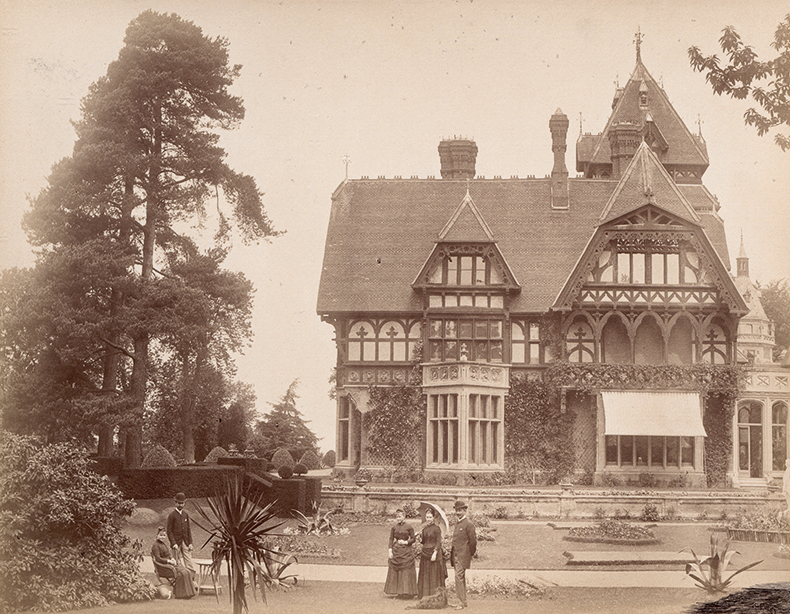
The south facade of Farnborough Hill, with Eugénie’s private garden in the foreground, photographed by Firmin Rainbeaux in 1886. Courtesy Paul Holberton Publishing
Evocative photographs by Firmin Rainbeaux and Léon Mniszech record the interiors of Farnborough Hill. They allow us to take a tour through the principal rooms of the house, complete with commentary on the furniture, paintings, porcelain and bibelots that together made the house a mix of dynastic shrine and intimate museum. These collections had been brought to Farnborough from properties on the continent, including Arenenberg in Switzerland (the home of Louis-Napoléon’s mother, Hortense), Malmaison (though not the Empire furniture) and Eugénie’s villa in Biarritz (the source of seven Gobelins tapestries inspired by Don Quixote from 1752–57). Eugénie had been obliged to fight hard for the restitution of these treasures after 1870. She took great care of the placement of the objects returned to her care, arranging them into emotive juxtapositions and statements of lineage. She was especially attentive to pieces which had surrounded her at the Tuileries in her heyday, and whose provenance pointed back either to the first Napoleon or to the Bourbon court and her favourite historical alter ego, Marie-Antoinette.
The French paintings once contained at Farnborough were remarkable. A dense hang brought together Winterhalter’s famous group portrait of Eugénie and her ladies-in-waiting (a star exhibit of the Exposition Universelle of 1855), a version of David’s painting Napoleon Crossing the Alps, and in the grand salon, a suite of four magnificent Gérard portraits representing Louis-Napoléon’s parents Louis Bonaparte and Hortense with their eldest son, a dazzling Joséphine in her coronation robes and Élisa Bonaparte, then Grand Duchess of Tuscany, with her daughter. This domestic temple to the Napoleonic legend continued with some fine sculptural portrait busts and, in the tower and the stables, a special museum of Napoleonic relics, from the poignant to the macabre, in a manner recalling the displays of the Musée des Souverains, which during the Second Empire had occupied the Louvre. Eugénie evidently viewed the collections as a totality, and tried to preserve them in a trust. Their sale by her descendants in 1927 would have been shattering for her, although it was a boon for French museums, who would over time repatriate these masterpieces for Compiègne, Versailles and Fontainebleau.
Geraghty repeatedly cites Lucien Daudet’s Proustian account in 1920 of how visitors to Farnborough could feel the sentimental charge in every object on display: ‘for the Empress Eugénie had brought the past into their own time; her long life enabled it to remain present; with her departure, the past was about to return the past.’ Her efforts to commemorate Bonapartes during the Third Republic bear comparison with France’s other exiled dynasties, such as the Orléans princes, whose mortal remains were eventually transferred back from Weybridge to Dreux.
Although she failed to keep her shrine to the patrimony of the so-called fourth dynasty, the Bonapartes, intact, Eugénie did manage to alleviate the morbidity and solitude of her final years with foreign travel, constant entertaining, active support for the war effort and the pleasure of seeing Alsace-Lorraine, annexed by the Germans in 1871, returned to France in 1918. The Farnborough complex should be read as a defiant statement of both Frenchness and historical-mindedness, as the remarkable and reviled woman who today lies in its crypt strove to keep the memory of her ancestors alive.
The Empress Eugénie in Exile: Art, Architecture, Collecting by Anthony Geraghty is published by the Burlington Press.
From the November 2022 issue of Apollo. Preview and subscribe here.
Unlimited access from just $16 every 3 months
Subscribe to get unlimited and exclusive access to the top art stories, interviews and exhibition reviews.

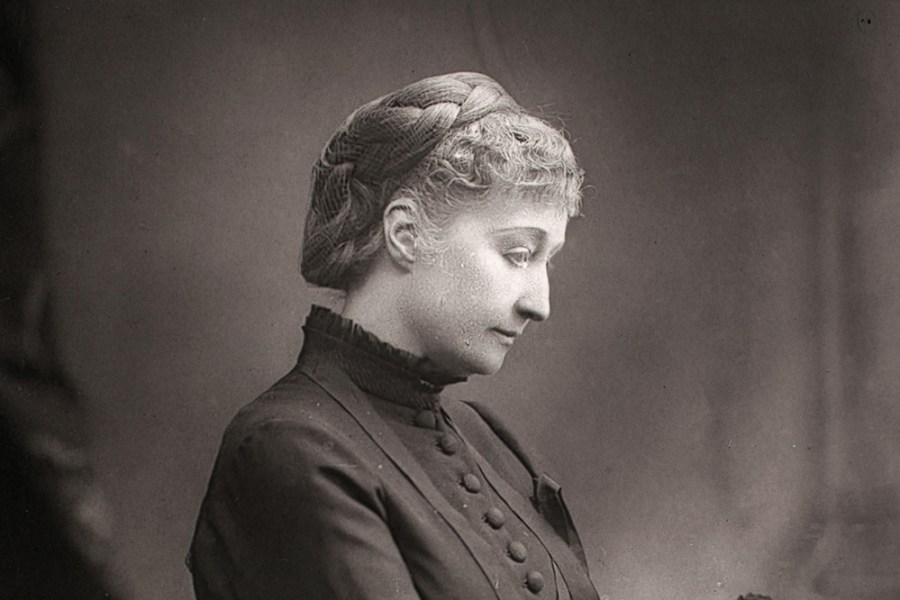
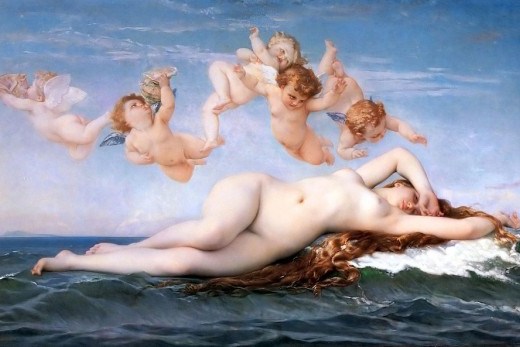
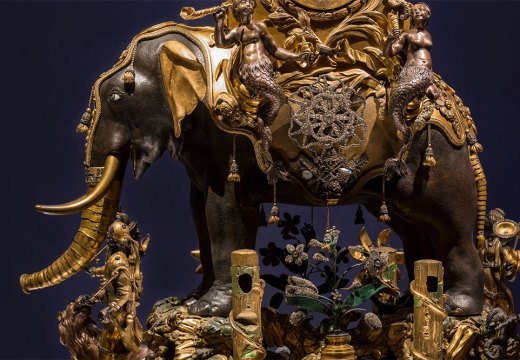
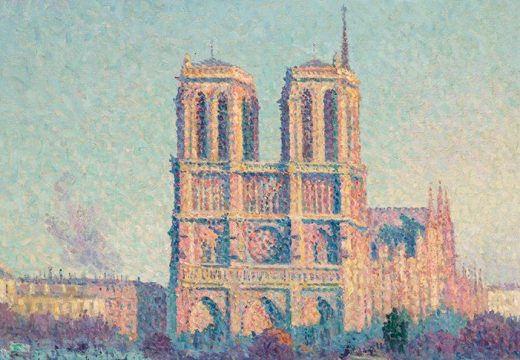









![Masterpiece [Re]discovery 2022. Photo: Ben Fisher Photography, courtesy of Masterpiece London](http://www.apollo-magazine.com/wp-content/uploads/2022/07/MPL2022_4263.jpg)
It’s time for the government of London to return to its rightful home